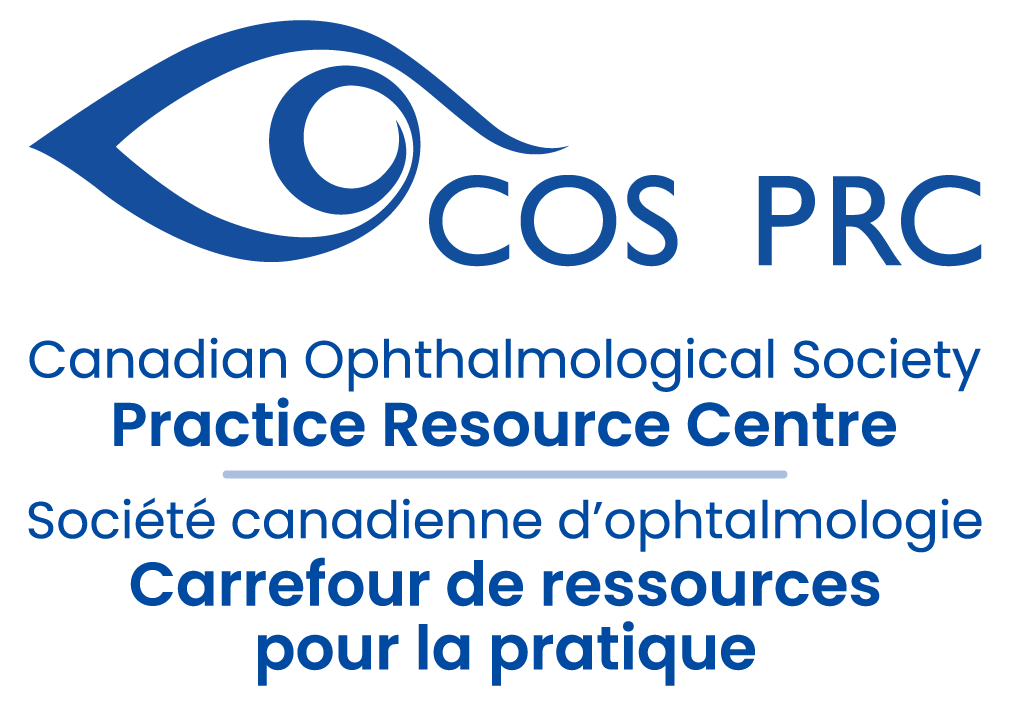The first module in the GA Essentials: A Masterclass in Diagnosis, Management, and Future Treatments series provides a foundational understanding of dry Age-Related Macular Degeneration (AMD) and geographic atrophy (GA). Participants will explore the epidemiology of AMD across its early, intermediate, and late stages, and learn to distinguish the clinical features and prognostic implications of disease progression. The course also examines the phenotypic, demographic, environmental, genetic, and molecular risk factors that influence AMD onset and advancement. Finally, it reviews the interconnected pathophysiological mechanisms, including oxidative stress, extracellular matrix changes, and complement-mediated immune responses, that contribute to GA development and expansion. This course is open to retina specialists, comprehensive ophthalmologists, fellows, residents and medical students.
Upon successful completion of this learning activity, the participant will be able to:
- Describe the epidemiology of dry Age‑Related Macular Degeneration (AMD) and geographic atrophy (GA), including prevalence at early, intermediate, and late stages
- Differentiate the clinical characteristics and prognostic implications of early, intermediate, and late GA
- Identify and prioritize key phenotypic, demographic, environmental, genetic, and molecular risk factors that drive AMD onset and progression
- Explain the interconnected pathophysiological mechanisms including oxidative stress, extracellular matrix changes, and complement‑mediated immune responses that underlie GA development and expansion
Authors/Scientific Planning Committee
| Dr. Bernard Hurley, MD, FRCSC | Chair of Scientific Planning Committee, Author I have a relationship with a for-profit and/or not-for-profit to disclose: Direct financial payments including receipt of honoraria: Allergan, Novartis, Alcon, Bayer, Roche, Biogen Membership on advisory boards or speakers’ bureaus: Teva, Apellis, Biogen, Roche, Bayer, Novartis |
| Dr. Jesia Hasan | Member of Scientific Planning Committee, Author I have a relationship with a for-profit and/or not-for-profit to disclose: Membership on advisory boards or speakers’ bureau: AbbVie, Astellas, Apotex, Apellis, Bayer, Biogen, Roche, Novartis |
| Dr. Amin Kherani, MD, FRCSC | Member of Scientific Planning Committee, Author I have a relationship with a for-profit and/or not-for-profit to disclose: Direct financial payments including receipt of honoraria: AbbVie, Alcon, Bayer, Bausch + Lomb, Novartis, Allergan, Roche and Appellis Funded grants or clinical trials: Bayer, Novartis, Roche/Genentech, Allergan/AbbVie, Chengdu Kanghong Biotechnology, Ophthotech, Regeneron, Regenexbio, Iveris Bio Inc, Ophthea, Alexion All other investments or relationships that could be seen by a reasonable, well-informed participant as having the potential to influence the content of the educational activity: MD Collaborate |
| Dr. Deepa Yoganathan | Member of Scientific Planning Committee, Author I have a relationship with a for-profit and/or not-for-profit to disclose: Direct financial payments including receipt of honoraria: Amgen, Astellas, Bayer, Biogen, Roche, Sentrex Membership on advisory boards or speakers’ bureau: Amgen, Astellas, Bayer, Biogen, Roche Funded grants or clinical trials: Roche, ANI |
Artificial Intelligence (AI) Disclosure
Artificial intelligence (AI) technology was utilized to generate some images contained within this educational module. These images are provided solely for illustrative and educational purposes. They do not depict actual patients or clinical findings and should not be interpreted as a substitute for clinical judgment or real-world diagnostic imaging.
Accreditation
This module is an Accredited Self-Assessment Activity (Section 3) as defined by the Maintenance of Certification Program of the Royal College of Physicians and Surgeons of Canada and approved by the Canadian Ophthalmological Society (COS). You may claim a maximum of 1.5 HOURS (credits are automatically calculated).
Acknowledgment of Support
This educational activity is supported by independent medical education grants from Apellis and Astellas.



